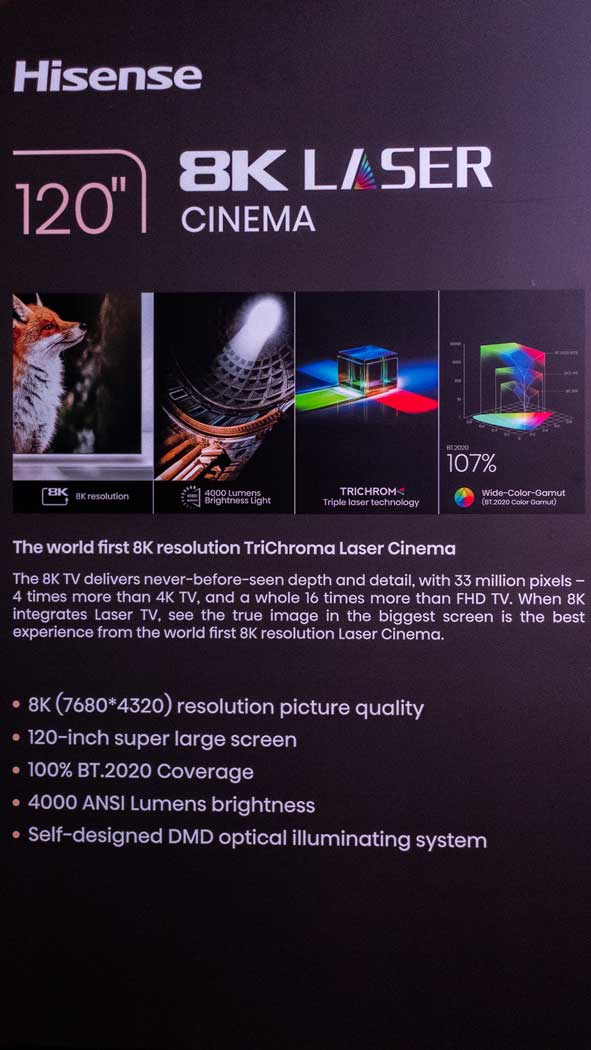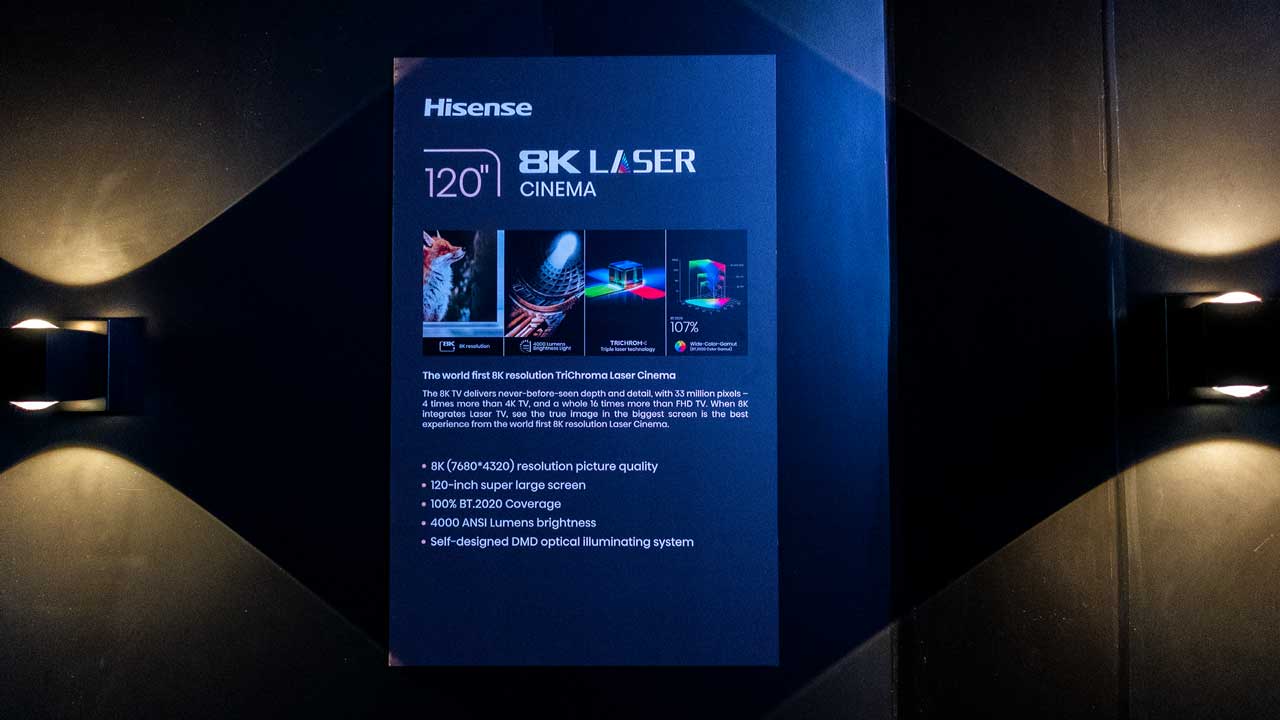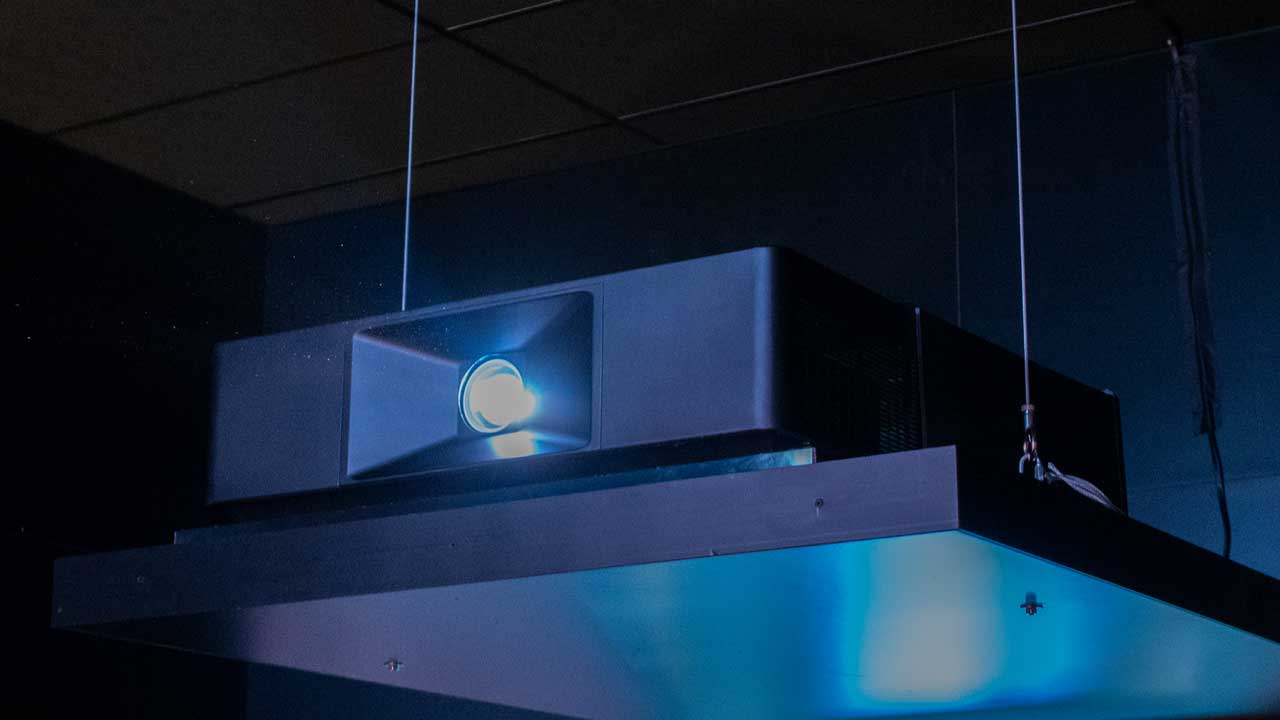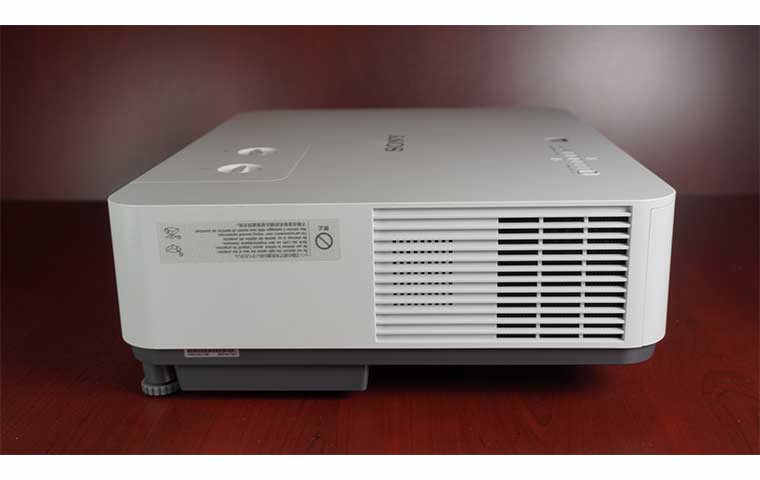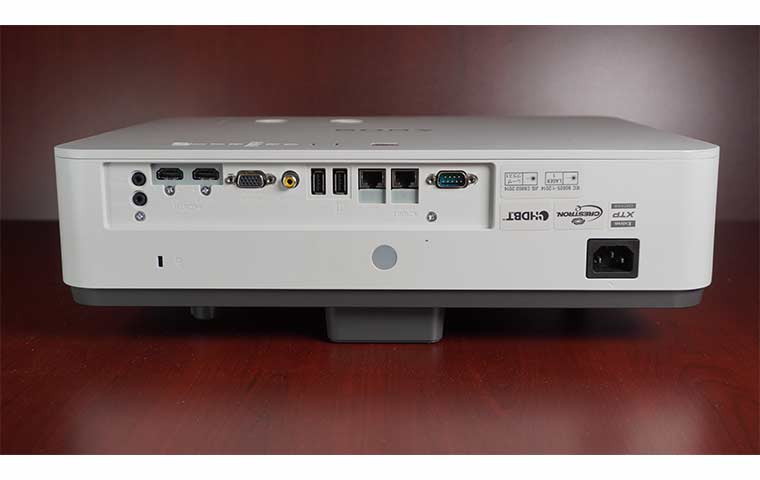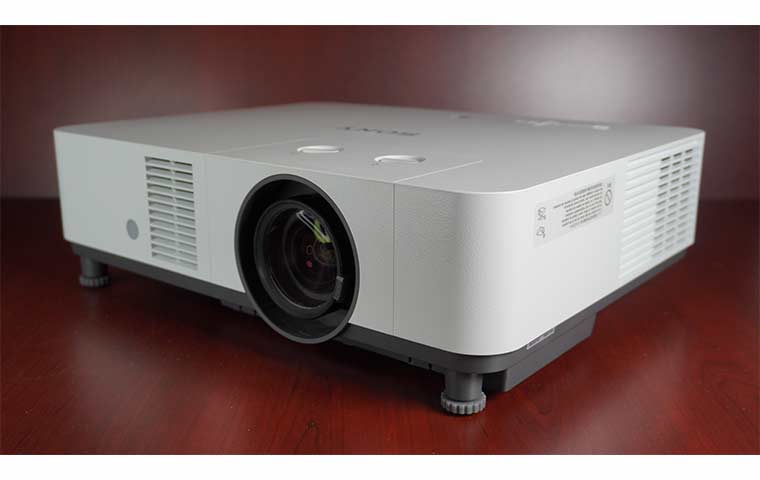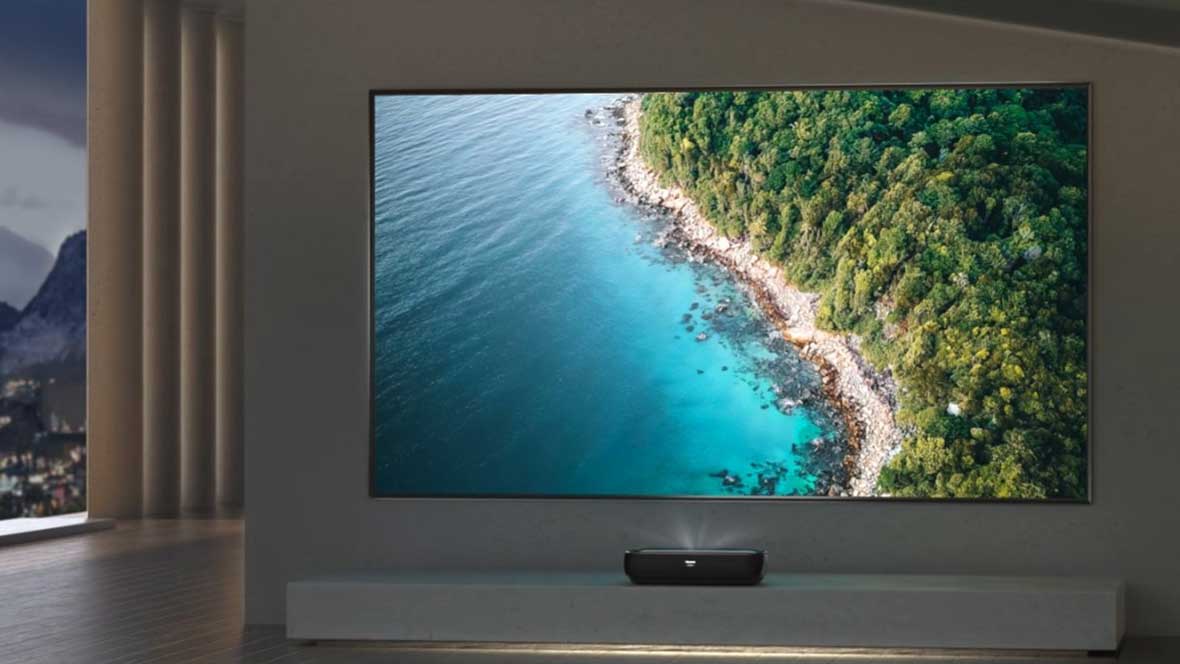Image Advanced Menu
Once it’s in position, the user can select the desired display mode from the main menu and make the usual adjustments (contrast, brightness, color and tint) to the picture. As we also noted last year with the Optoma TX542, the ZX210ST offers grayscale calibration adjustments for red, green and blue. While this is not something that most users will be able to use properly (as it requires special calibration tools), these controls may come in handy to tone down the excessive green cast in Bright mode.

